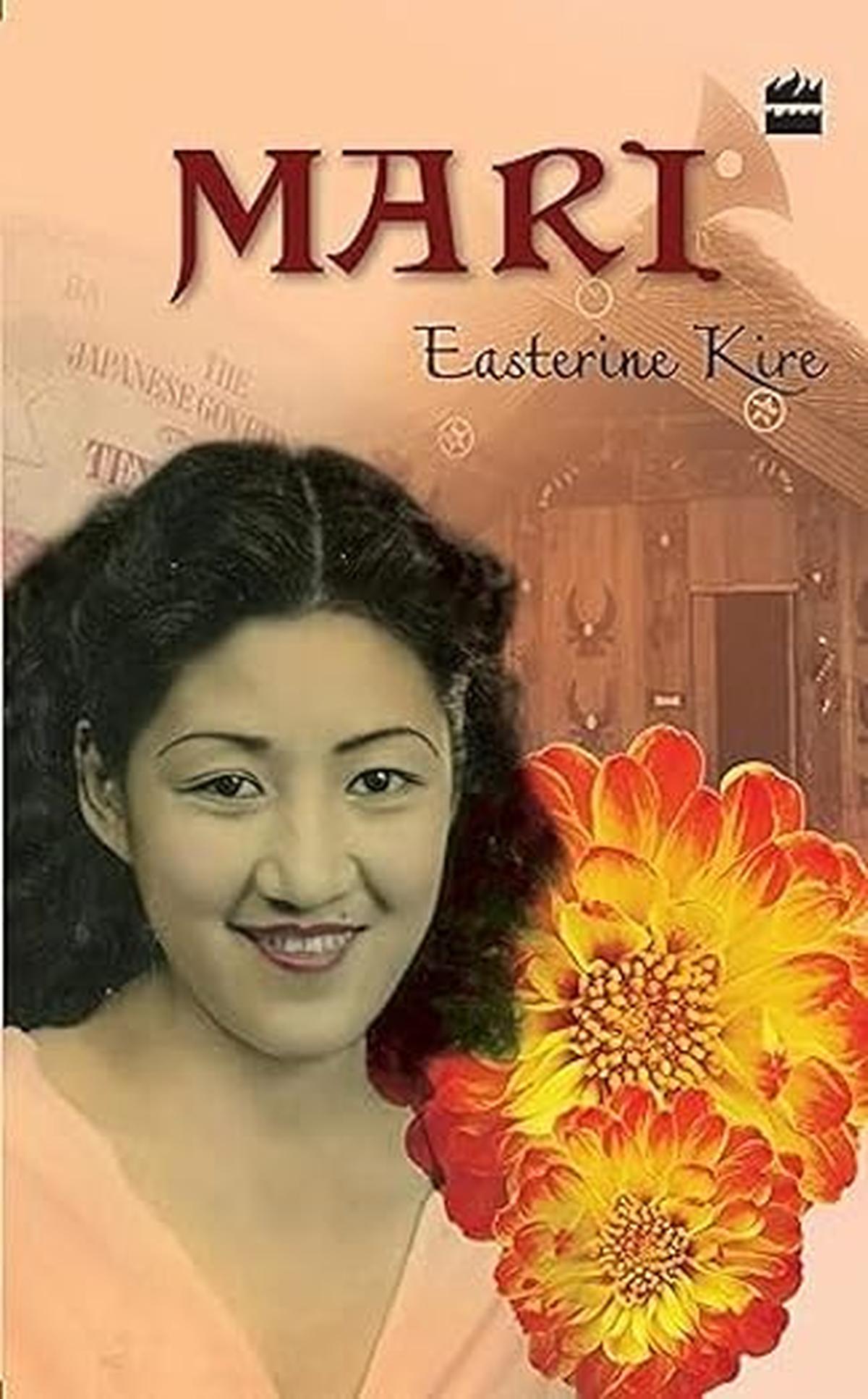Years ago, when I asked a classmate what she was reading, she simply replied, “A book from the northeast.” It was a lazy, unhelpful description. Ever heard anyone say they are reading Jerry Pinto, a “writer from the west”?
That was in 2010, but little has changed since. The northeast is still described in many everyday conversations as a homogenous region — an anthropological paradise where “strange” and “exotic” cultures thrive, and complex, ethnic conflicts play out amid natural beauty.
Easterine Kire, a novelist from Nagaland who lives in Norway, spoke of her exasperation with the broad portrayal of the region in an interview to The Hindu in 2019. “The media stereotype of the northeast has done so much damage that the true cultural life of the Nagas and their rights have been overlooked,” she said.
In her works, Kire portrays a people who refuse to be defined by conflict. “We are saying there is more [to Nagaland],” she said in an another interview to The Hindu in 2015. “There is great beauty, not just the breathtaking landscapes of mountains and rivers and cloud-covered villages, but the beauty of the people who live there and the stories they have to share. The spiritual world is a big part of the Naga world view and it comes naturally to me to write about it.”
Writing about the spiritual
Spirit Nights (2022), which won Kire the Sahitya Akademi award in 2024, is a shining example of how the writer is a chronicler of the lives and fables of the Nagas. The novel’s protagonist is Tola, a wise woman and the daughter of a seer. She is warned in a dream of impending doom. Dreams are the gateway to the spiritual world. When a taboo is breached in the spiritual world, intense, all-encompassing darkness descends on her village. Only one person, Tola’s grandson Namu, can bring back light. Kire’s book is inspired by the story of darkness narrated by the Rengma Naga and Chang Naga tribes. Just as the sun resuscitates a fading leaf, it is the breath of Kire’s storytelling that brings an oral tale to life.
When the River Sleeps (2014), which won The Hindu Prize in 2015, is also steeped in Naga folktales and myths. A middle-aged hunter named Vile lives inside a forest. He dreams that a “heart-stone” lies on the bed of a river, which will give him expansive powers. Vile sets out on his quest, encountering fellow beings, sorceresses, and spirits on the way. The poet K. Satchidanandan described the book as “a sample of how the mythopoeic imagination can work in our times”.
Kire had written elsewhere: “My generation of Nagas accept that our territories are shared between human and spirit inhabitants.” These works are rooted in the folklore of Nagaland, but Kire skilfully draws out the deeper meanings of these beliefs and they are universally instructive.
Nagaland over the years
When Kire was a child, every night one of her grandparents would tell her a story. She grew up in an estate in Kohima, where trees were laden with fruit, wild flowers bloomed, and she woke up to dawn chorus. Her love for the oral tradition of storytelling, and for beauty and nature, which she infuses into her writing, likely came from these early childhood experiences.
But not all of Nagaland was peaceful and picturesque. Kire recounts how the small town of Kohima was suddenly thrust on the global map when the Japanese invaded the hills in 1944. In 1958, the draconian Armed Forces (Special Powers) Act was imposed to deal with the Naga insurgency. In the 1960s and ’70s, Kire recalls in interviews how the Army would patrol the streets and clamp curfews. Nagaland came to be imagined by the rest of India as a land of trouble-makers.

In her works, Kire also traces the lives of different generations to reveal the transformation of a people and a State. For the book Mari, which she began writing in parts at 16 and completed in 2003, she sat with her aunt Mari, gently unspooling her memories of Kohima before and during World War II. The war cleaved the history of the region: Kire says it was “remarkable” that “people have little memory of what they were doing before the war years.” In A Respectable Woman (2019), too, she writes about the conflict: “Many of our people had not known any government other than the British. So, when they left our hills, many people felt orphaned….”

A Respectable Woman is also about another war; this time, against the Indian state. Kire says, “Even while the few educated Nagas felt that they had the right to fight for Naga sovereignty, the Indian government sent in armed police who began a reign of terror… We were no longer safe in our own homes.”
Where there is war, there is always resilience. In Mari, Mari becomes a refugee in her own homeland and is nearly crushed by the weight of recurrent loss. She bounces back again and again, left with no other choice. As the grandmother says in Bitter Wormwood (2012), “If life is hard to you, you simply harden yourself so its griefs are easier to bear.”
Kire’s protagonists are often women but they are not all “strong women”, which makes them relatable. Women, like men, contribute to maintaining the patriarchal order (A Terrible Matriarchy). They show their vulnerabilities and express their fears (Spirit Nights). Kire does not romanticise their fights and the journeys of their survival (Mari). Women assert their agency through micro-feminist acts (A Respectable Woman). They are ordinary women who often find themselves grappling with extraordinary circumstances.
Kire’s style is to write crisp, short, unadorned sentences and narrate unsettling parables, which reflect her love for allegories. By staying close to their roots, writers like Temsula Ao paved the way for Easterine Kire who is making the road easier for voices of the next generation like Avinuo Kire and others. If works by writers such as Kire find their way into classrooms across India, there may be greater understanding of regional literature from the States of the northeast; stories which encapsulate the tragedies, aspirations, and cultures of a people who have for too long been typecast, and which have been systemically erased from our hegemonic imagination of the nation.
Published – February 13, 2025 08:30 am IST